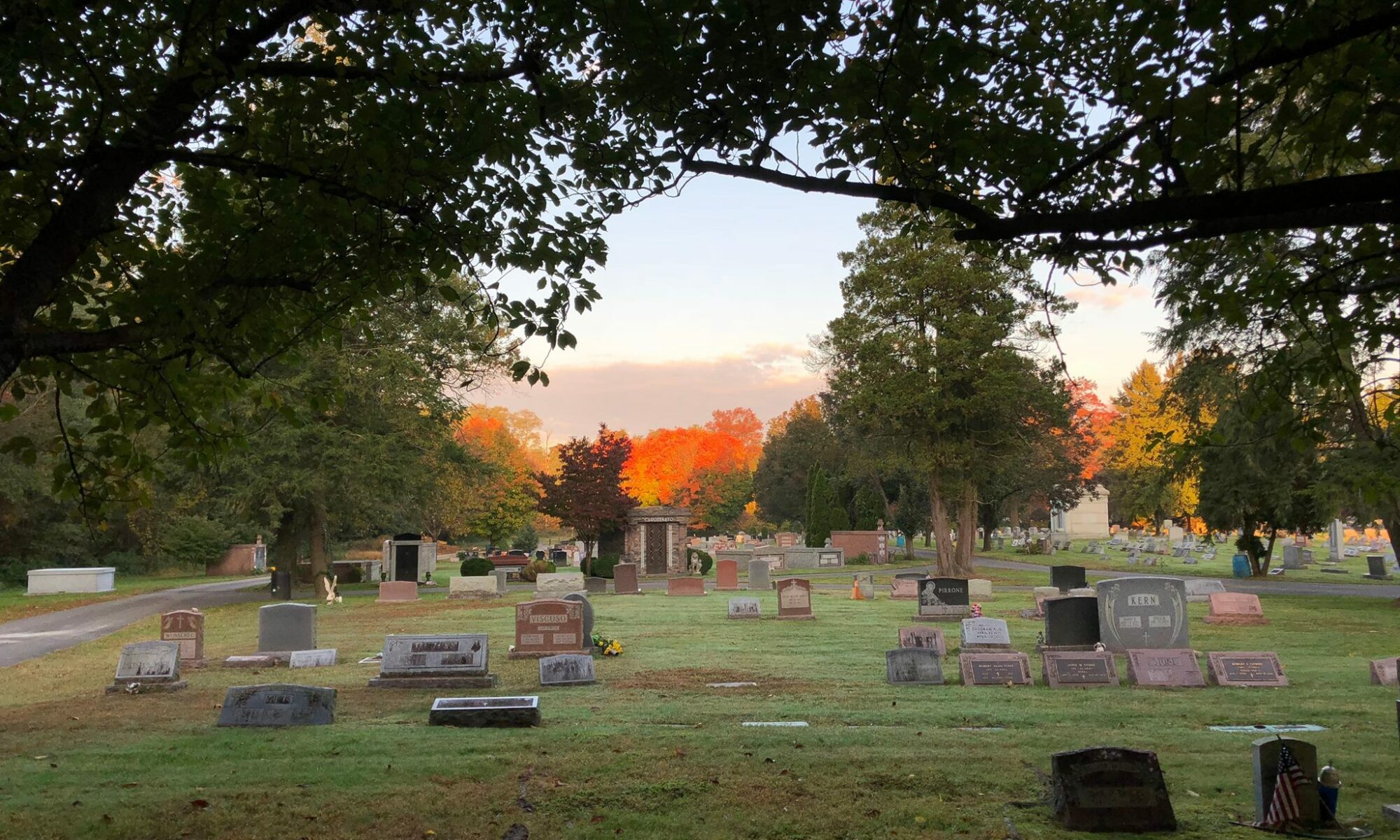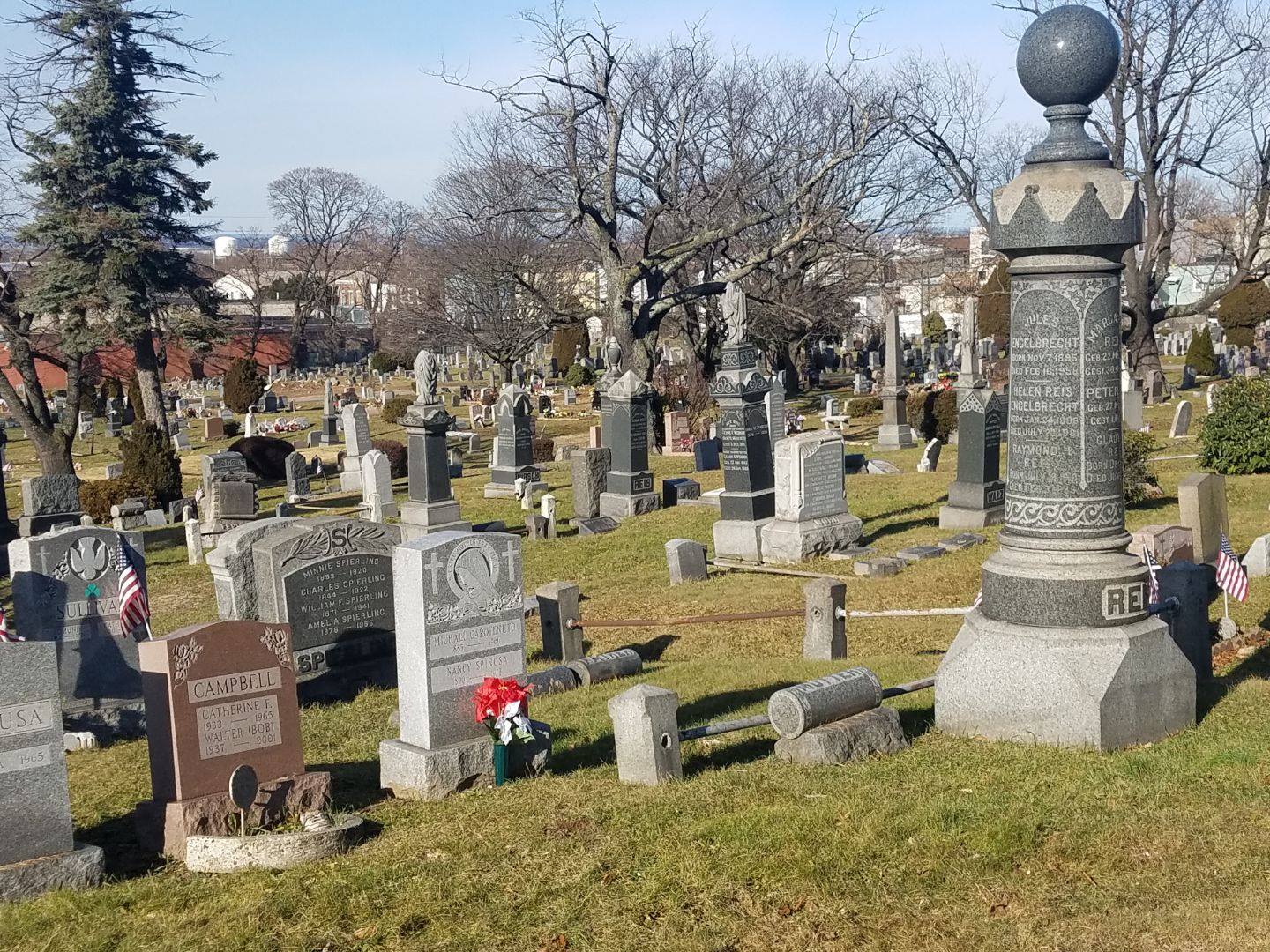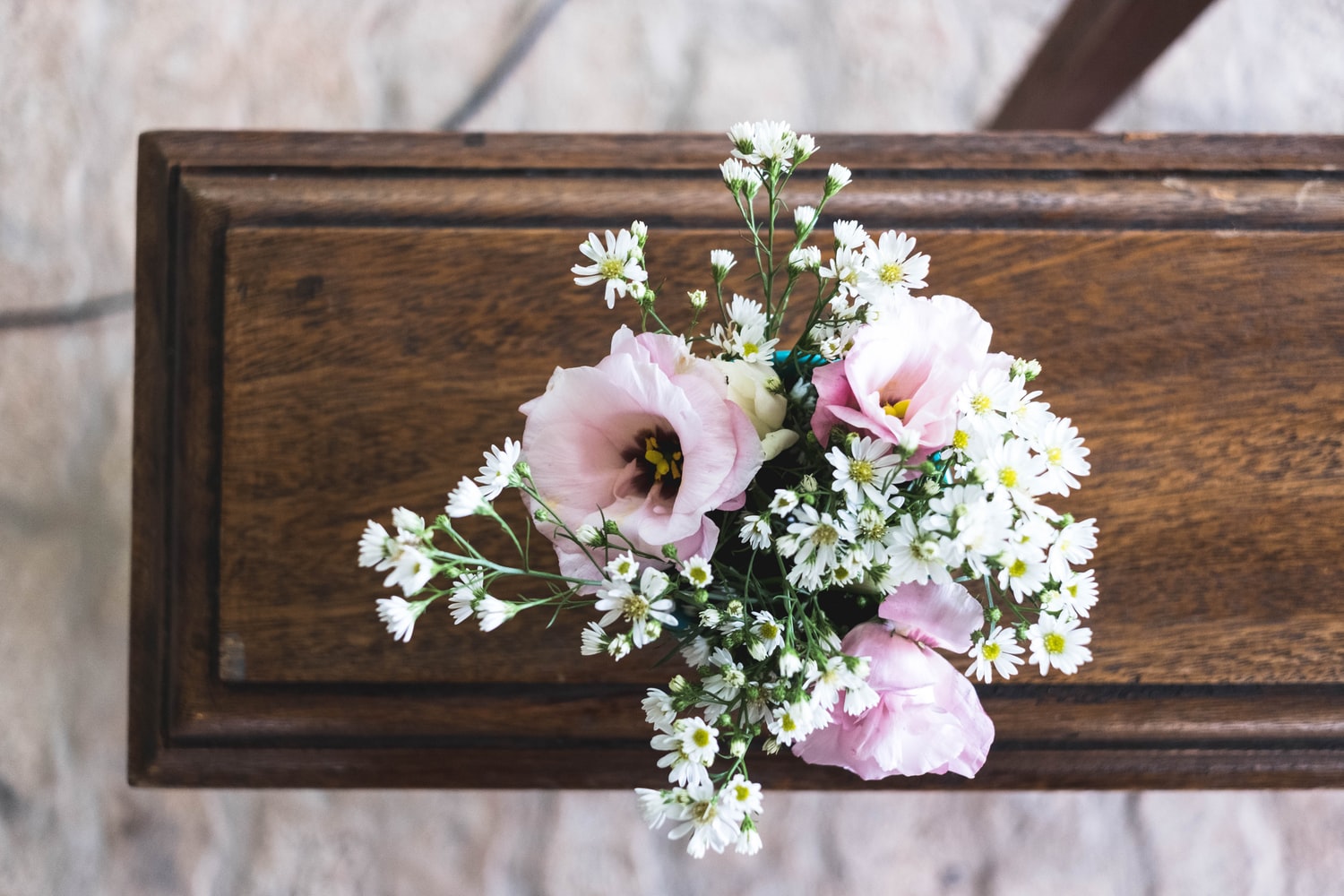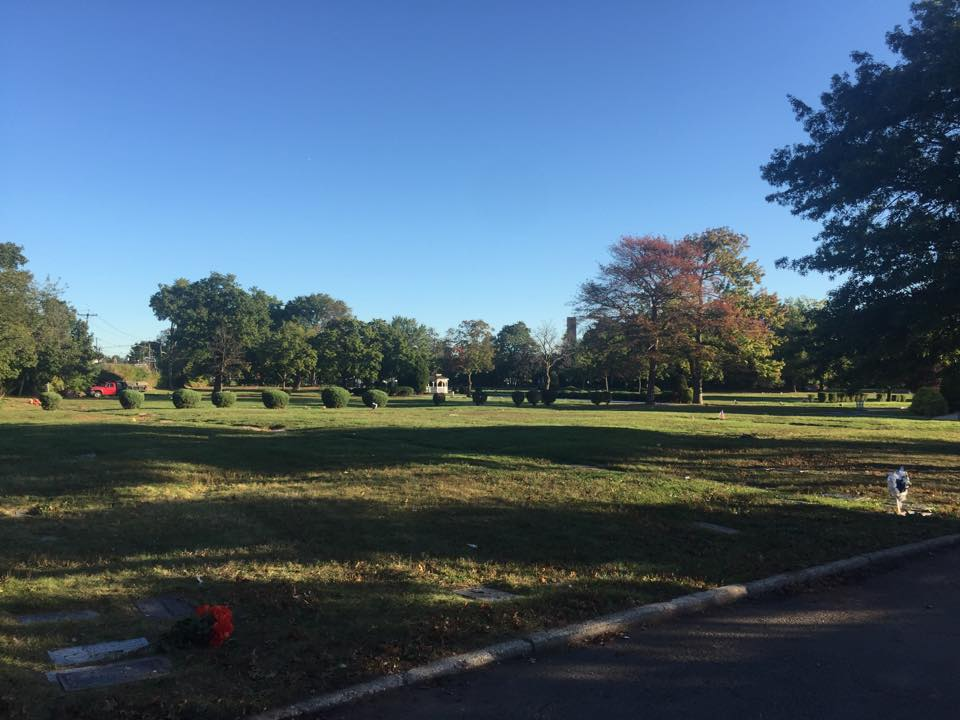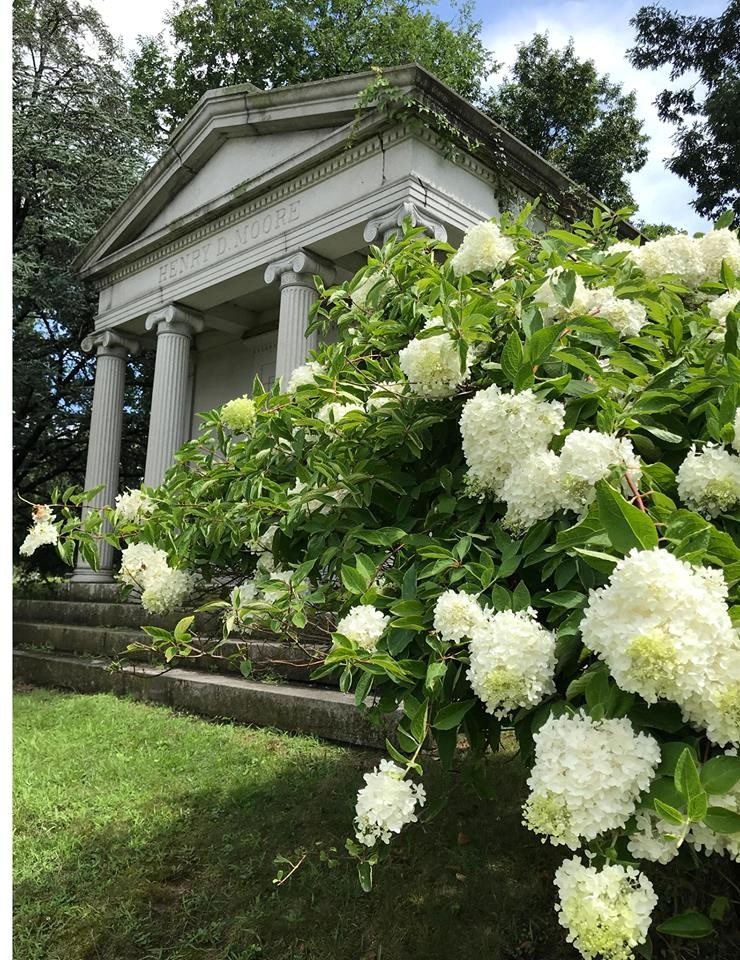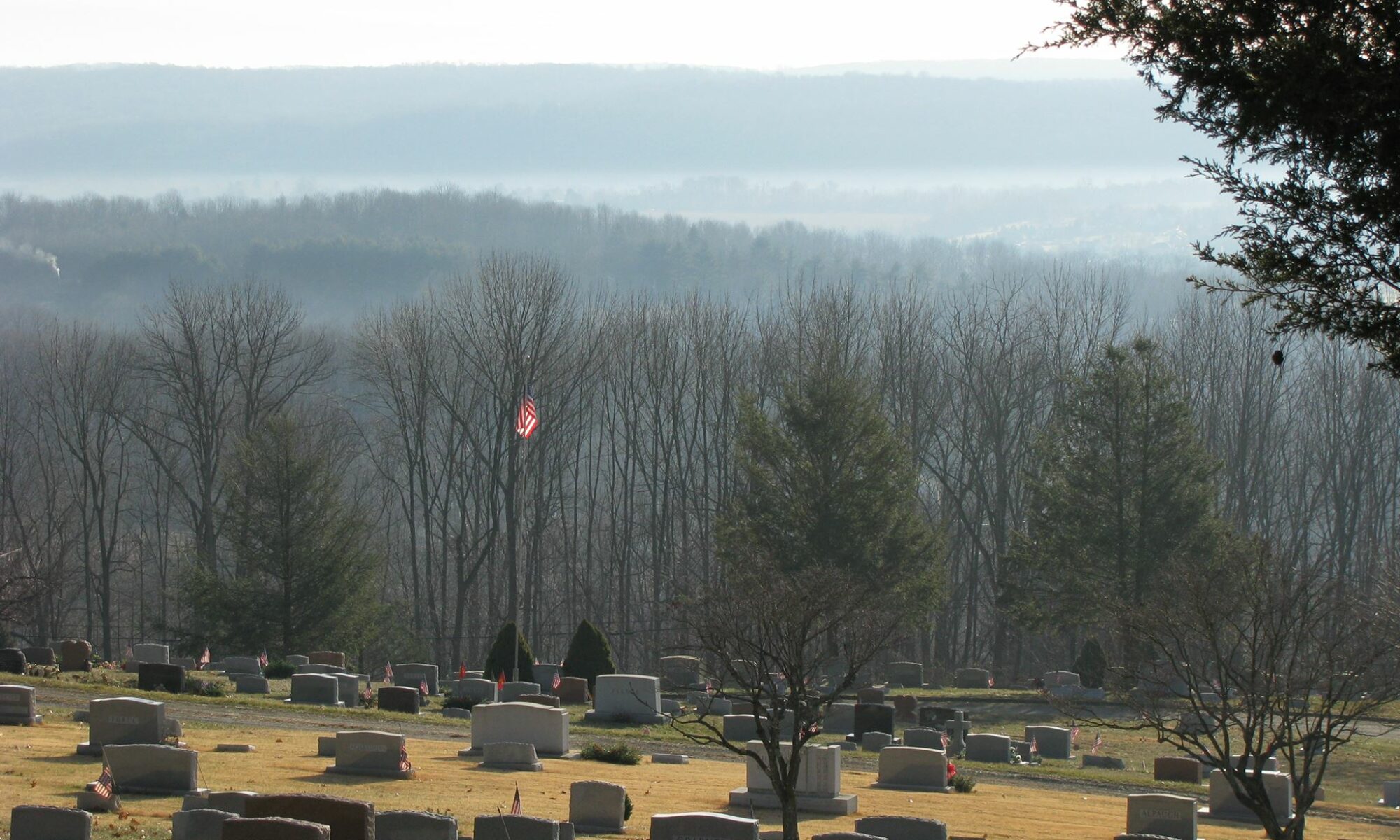The passage of a loved one is a very emotional time and all the decision-making involved can leave you confused, frustrated, and looking for answers. When making decisions for your loved one, you may need more information on the choices you have to make. Here is some information that can help you when choosing what is best for you and your loved one.
What is a Burial Vault?
A burial vault is an optional part of the burial process. Burial vaults encase the casket, protecting it from heavy machinery used in cemeteries, and of course, the earth above it. The benefits of a burial vault are that it prevents the casket from buckling due to the weight of the ground and decay. Burial vaults prevent the ground from sinking above the casket, keeping the grounds pristine for visitation.
What is Cremation?
Cremation in an alternative type of body disposal to coffins or caskets. After the remains are incinerated in a cremation chamber, what is left are the basic chemical compounds which include gases, ashes, and mineral fragments, otherwise known as cremains. The cremains are usually kept in an urn or special container. Some may choose to bury the ashes, while others keep the urns in their homes.
What is a Green Burial?
Green burials are an eco-friendly alternative to traditional burials. There are no chemicals involved, such as embalming fluids, and the body is placed in a biodegradable coffin or shroud without a concrete burial vault. The benefits of this type of burial are that it is a simple burial process, it can be less expensive than traditional burials, it preserves natural resources, it removes harmful chemicals, and it saves natural areas.
If you want to learn more about the information above or if you have any additional questions, please contact Louis Cicalese, Cemetery President and Trustee today.
Louis Cicalese, cemetery trustee in New Jersey is president of the board of the historic Harleigh Cemetery and serves as an advisor to a number of non-profit cemetery organizations in New Jersey.
